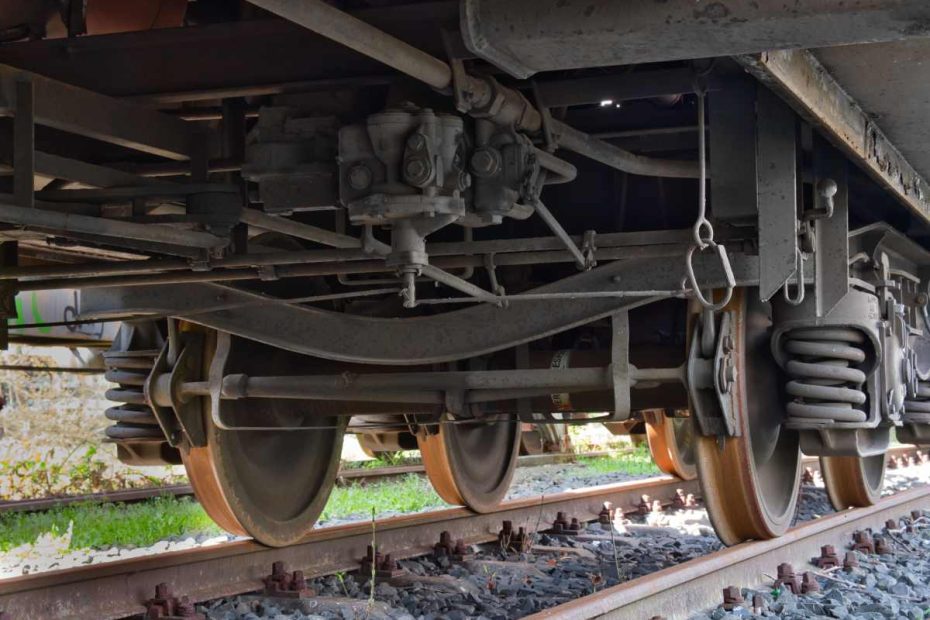Wagons are essential for transporting goods and cargo. To ensure their safe movement, it is necessary to have a braking system that works efficiently and reliably.
In this post, we’ll look at electronically controlled pneumatic railcar brakes, which are one of the most advanced and reliable railcar braking systems.
Air brakes
Pneumatic railcar brakes have been in use for decades and are one of the most important components of a railcar braking system. These brakes work by using compressed air that is sent through pipes to the wagon brakes. When the train driver applies the brakes, air is released from the brakes and they close, stopping the carriage.
The pure air brake system invented by George Westinghouse is still used by almost all freight trains.
The conventional braking system suffers from many weaknesses; one of which is in response time.
Air brakes with electronic control
Electronic air brake control is used to control braking force, response speed and other parameters of the vehicle’s braking system.
This is achieved through the use of sensors and electronics that monitor various parameters such as vehicle speed, brake air cylinder pressure and other factors.
The advantages of air brakes
The advantages of electronically controlled air brakes include greater braking accuracy, faster system response and the ability to automatically adjust braking force according to different road conditions and vehicle load.
Additionally, they can be integrated with other vehicle electronic systems, such as anti-lock braking systems (ABS) and stability control systems (ESP), for more advanced vehicle control and safety.
Air brakes for electronically controlled railcars have other advantages. They can stop wagons faster and more efficiently, reducing the risk of accidents and breakdowns. In addition, these brakes are easier to maintain and repair, which reduces costs.
On a train equipped with electronically controlled air brakes, the cars are equipped with a train line cable that runs parallel to the brake line along the length of the train. This cable is used to power the electronic components mounted on the wagons.
The cable also serves as a communication medium that allows the locomotive to send commands and receive feedback from the cars along the train.
In conclusion, electronically controlled pneumatic railcar brakes are one of the most advanced and reliable railcar braking systems. They provide quick and efficient stopping of wagons, which reduces the risk of accidents and cargo damage.
In addition, these brakes are easier to maintain and repair, which reduces the cost of transporting goods. If you are looking for an effective and reliable railcar braking system, electronically controlled air brakes are an excellent choice.
